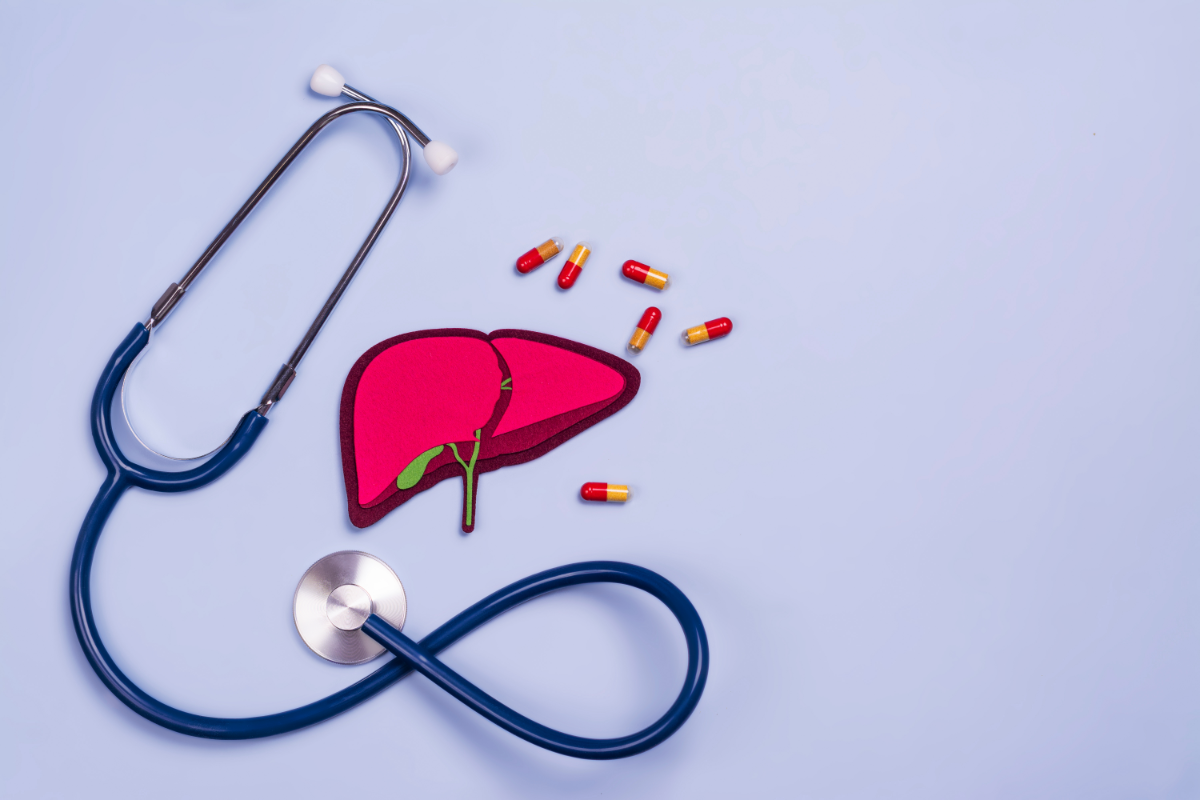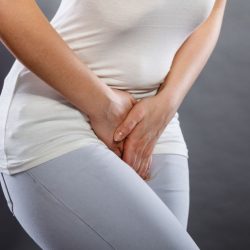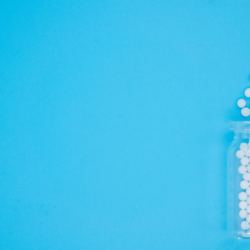Acute hepatitis corresponds to histological changes in the hepatocytes, the complex pathophysiology of which can be studied according to clinical, biological, immunological and aetiological parameters. Although jaundice of cytolytic or cholestatic origin due to cessation of biliary function is usually observed, it is not an obligatory feature of the condition. The cause of acute hepatitis must be determined in order to choose the appropriate medical or surgical treatment.
Aetiology of acute hepatitis
This article does not deal with acute obstruction of the extra- or intrahepatic bile ducts, which require surgical treatment.
Viral hepatitis :
These are the most common. There are currently a number of viruses responsible: A, B, C, Delta viruses, other Epstein-Barr viruses, cytomegalovirus, amaril yellow fever virus, Coxsackie and Herpes viruses, etc.
Toxic hepatitis :
This type of hepatitis is caused by various hepatotoxic pharmacodynamic substances which, depending on the case, can lead to cytolysis, steatosis or, more rarely, cholangitis and pericholangitis:
- Medicines: paracetamol, chlorpromazine, antibiotics, MVA, etc.
- Amanita phalloides
- Solvents: nitro derivatives, halogenated hydrocarbons
- Metals: arsenic, mercury, lead, etc.
Microbial hepatitis :
These forms are essentially icteric manifestations which occur either during septicaemia or during microbial infectious diseases: leptospirosis, brucellosis, typhoid and paratyphoid fever, etc.
This aetiological study makes it possible to establish the relationship between hepatitis and a homeopathic treatment. Indeed, as Professor R. Brette points out:
“There are many aetiologies for jaundice caused by hepatitis, the mode of onset and clinical aspects of which are varied. Sometimes they take on a cytolytic appearance, sometimes a cholestatic retentionist aspect. Viruses can cause one or the other, but are more often cytolytic, as are toxic agents, whereas a number of common drugs can cause cholestatic hepatitis.
“In the majority of cases, therefore, an immunoallergic mechanism seems to be involved in the appearance of lesions in the hepatocyte or bile ducts, which explains the similarity of the anatomoclinical aspects created by apparently very diverse aetiological agents”
Since, whatever the cause, the anatomopathological lesions observed in acute hepatitis are identical and the clinical manifestations similar, homeopathic medicines will be common.
The conditions necessary for homeopathic treatment are fully met:
- There is a possibility of reversion of the syndrome due to the regenerative capacity of hepatocytes
- There are also pharmacodynamic substances capable, in weighted doses, of recording similar anatomopathological lesions, whether cytolysis or cholestasis.
Among the homeopathic medicines to choose from, some must be used from the onset phase (Caroli triad when encountered); three main medicines correspond to the acute cytolytic phase, while others are intended for the correction of cholestasis, hepatocellular insufficiency responsible for accompanying digestive disorders.
The early phase of viral hepatitis
Often preceded by a period of dysphagia, this phase combines migraine-like headaches, urticaria and arthralgia.
Two drugs should be taken during this phase:
Apis mellifica :
Its pathogenesis includes :
- Oedematous, pinkish-red, itchy, burning eruptions, improved by cold applications
- Joint pain
- Throat oedema
- Congestive headache
When is the homeopathic remedy Apis mellifica used?
- Skin disorders: Apis Mellifica is effective for insect bites, first-degree burns, sunburn, post-traumatic oedema, herpes labialis and genitalis, panicitis, eczema, chilblains, lucitas, shingles and urticaria. This remedy is generally indicated for oedema of allergic or inflammatory origin.
- Eye conditions: Used to treat conjunctivitis (occasional, chronic or allergic), styes, eyelid and tear duct infections, and cysts.
- ENT disorders: Apis Mellifica can be used for otitis, ear infections, rhinitis (infectious or allergic), hay fever, pharyngitis and angina with difficulty swallowing.
- Joint disorders: This remedy is indicated for arthritis, inflammatory or post-traumatic hydarthrosis, characterised by pain and swelling.
- Circulatory disorders: Apis Mellifica is used for venous disorders, varicose veins and superficial thrombophlebitis.
- Other indications: The medicine is also indicated for sudden-onset urinary tract infections, inflammation of the ovaries, muscle strains, strains and tears, as well as meningeal reactions.
Bryonia alba :
Its pathogenesis includes:
- Migraine headaches, with nausea, bitter taste and constipation
- Acute arthritis
It is also a remedy for adynamic febrile syndrome with dry mucous membranes.
Dosage: Take these 2 medicines in 9 CH, in alternating doses of 5 granules, more often the more severe the symptoms.
What are the indications for the remedy Bryonia alba?
Bryonia, a homeopathic remedy prepared from the root of the white Bryone plant, is used in a variety of indications for its anti-infectious and anti-inflammatory properties. Here is a summary of the main uses of Bryonia:
- ENT and respiratory disorders: Bryonia is useful in the treatment of rhinitis, influenza, laryngitis, tracheitis, bronchitis, mumps and pneumonitis, especially when accompanied by a dry cough, dry mucous membranes and profuse thirst.
- Rheumatism: It is indicated for the relief of joint pain, osteoarthritis, arthritis, rheumatoid arthritis and transient acute synovitis of the hip. These symptoms are often characterised by pain and inflammation aggravated by movement and relieved by rest.
- Inflammatory syndromes: Bryonia can be used in cases of pericarditis, pleuritis, cholecystitis and other inflammations affecting the digestive and respiratory tracts.
- Transit disorders: It is effective in treating certain forms of constipation, particularly those characterised by hard stools which are difficult to expel.
- Eye disorders: Bryonia is used for dry eye syndrome and intolerance to contact lenses caused by dry conjunctiva.
- Gynaecological disorders: It helps to relieve mastitis with heavy, painful breasts and breast pain associated with lactation.
- Other indications: Bryonia is also indicated for neuralgia, torticollis, dry mucous membranes, and in certain cases of dietary behaviour characterised by high meat consumption.
Medicines for the state phase (cytolysis medicines)
Phosphorus :
This is the key drug for viral hepatitis. Apart from the fact that white phosphorus is one of the most powerful hepatotoxic substances and can therefore already be indicated on the basis of anatomopathological similarity, the pathogenesis of Phosphorus includes :
- A phase of agitation followed by asthenia and dizziness
- Headaches with congestive flushing
- Hyperthermia with a sensation of burning internal heat and profuse hot sweats
- Digestive problems, with a red, glazed tongue, intense thirst for cold water (often rejected shortly after ingestion), nausea, gastralgia, abundant, painless diarrhoea that burns the anus or constipation
- A large, congested, painful liver that is sensitive to touch and pressure
- Possible jaundice
- A tendency to haemorrhage
Dosage: Take one tube-dose of Phosphorus 9 or 15 CH morning and evening for 10 days, then in the morning only for the next 10 days. Subsequent doses will depend on the improvement of biological tests in general and transaminase levels in particular.
Arsenicum album :
The pathogenesis of this substance also covers the symptoms of hepatitis with :
- Alternating phases of agitation and prostration
- Congestive and migraine headaches, improved by cold treatment
- Hyperthermia with a burning sensation and a desire for warmth
- Digestive problems with vomiting and burning diarrhoea, pain improved by heat, intense thirst for small quantities of cold water
- Liver pain
- Possible jaundice
- A tendency to anaemia
- Burning pruritus improved by heat
- Nocturnal worsening around 1am
Above all, this clinical picture is accompanied by great weakness and asthenia, making the patient anxious.
Dosage: Take one tube-dose of Phosphorus 9 or 15 CH morning and evening for 10 days, then in the morning only for the next 10 days. Subsequent doses will depend on the improvement in biological tests in general and transaminase levels in particular.
When is the homeopathic remedy Arsenicum album used?
- Digestive disorders: Arsenicum Album is used to treat food poisoning, gastritis, gastroenteritis and diarrhoea. It is particularly effective in cases of food poisoning caused by spoiled food, seafood, frozen creams and desserts, or alcohol.
- ENT and respiratory conditions: This remedy is indicated for relieving symptoms of rhinitis with a clear but burning and irritating nasal discharge, colds and coryza, hay fever, and dry asthma with severe anxiety, particularly when it occurs around 1am.
- Oral and dental conditions: Arsenicum Album can be used to relieve mouth ulcers, gingivitis and dry mouth.
- Skin disorders: It is effective in the treatment of eczema, psoriasis, shingles, varicose ulcers, styes with burning eyelids, and itchy dandruff of the scalp.
- Behavioural and sleep disorders: This remedy can be useful for anxiety and stress, nocturnal anguish and sleep disorders, particularly in children who are afraid of the dark, of death or of being alone.
- Other indications: Arsenicum Album is also used for burning pains relieved by heat, distressing palpitations and arrhythmias, migraines relieved by cold, acute cystitis, burning haemorrhoids relieved by heat, and as a complementary treatment for chemotherapy and radiotherapy.
Mercurius solubilis :
While for Arsenicum album, weakness, asthenia and anxiety dominated the clinical picture, here it is the digestive signs that take centre stage:
- Gastroenteritis with stomatitis: moist tongue with teeth marks, gingivitis, dysphagia, metallic taste, foul breath, thirst, nausea, slimy, irritating, bloody diarrhoea
- Hyperthermia with sweats that do not relieve
- Pain in the right hypochondrium, aggravated when lying on the right side
- Possible jaundice
- Pruritus aggravated by warmth of bed
- Insomnia
Dosage: Take one tube-dose of Mercurius solubilis 9 or 05 CH morning and evening for 10 days, then in the morning only for the next 10 days. Subsequent doses will depend on the improvement of biological tests in general and transaminase levels in particular.
Complementary medicines
These are drugs used to treat cholestasis and hepatocellular insufficiency. They are prescribed on the basis of biological data (fall in albumin, fall in prothrombin levels, rise in bilirubin levels). The choice is made according to the patient’s clinical reaction symptoms. It should be emphasised that these drugs should be prescribed in addition to the previous ones, as their pathogenesis does not include hepatic cytolysis phenomena:
Chelidonium majus :
This is a good cholestasis drug, prescribed on the clinical notion of pain in the hepatic region with irradiation at the tip of the right scapula. There is also a desire for hot food and drink, a sandy tongue, a bitter mouth and foul breath.
Recommended dosage: Take 4 or 5 CH, 5 granules 2 times a day.
Lycopodium :
Medicine of the hepatic cell and the bile ducts, it is advised on this notion which dominates its pathogenesis and on the following symptoms:
- Sensitivity of the right hypochondrium (the patient cannot lie on her right side)
- Appetite quickly satisfied
- Post-prandial bloating, especially in the lower abdomen, with a peak around 4 – 5 p.m
- Constipation with ineffective urination
Dosage: Take 5 CH granules 2 times a day.
China rubra :
Medicine for enlarging the liver and spleen, preventing the tendency to haemorrhage, and correcting anaemia and abdominal bloating with parietal hyperaesthesia.
Dosage: Take 5 or 7 CH, 5 granules 2 times a day.
Hydrastis canadensis :
This medicine is indicated for jaundice which resolves slowly, intense constipation and a weakened general condition due to a “mucous plug in the bile ducts”.
Recommended dosage: Take 4 or 5 CH, 5 granules 2 times a day.
When used in this way, homeopathic treatment of a patient suffering from acute hepatitis results in a very rapid regression of clinical signs and normalisation of biological parameters in 2 to 3 weeks. In this way, sequelae of asthenia and the risk of relapse are avoided.





